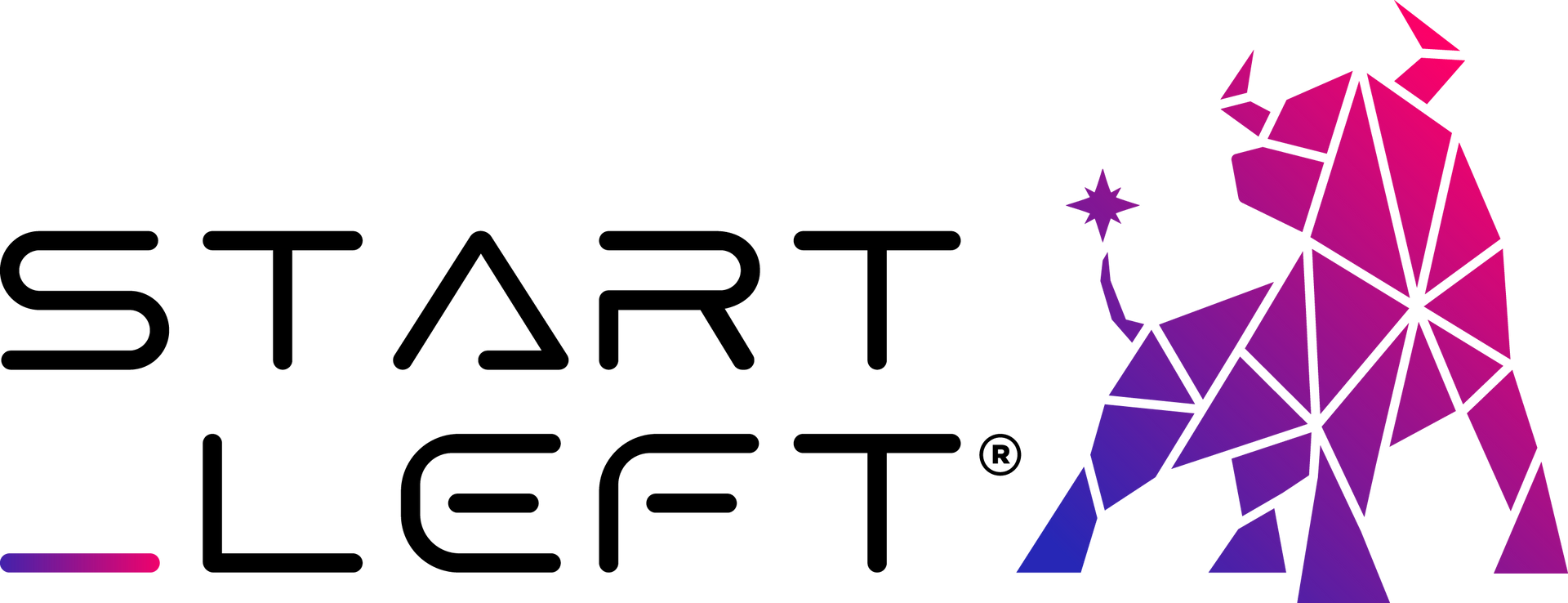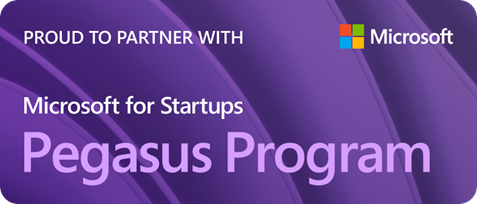Challenging Gartner's View: The Unseen Elements of Software Supply Chain Security That Start Left® Security Has Already Solved
Start Left® Security's response to Gartner's Leader’s Guide to Software Supply Chain Security, 2024...

While Gartner’s “Leader’s Guide to Software Supply Chain Security” presents a strong, structured framework for protecting software supply chains, there are several critical elements that remain under-addressed in this view. Specifically, areas like real-time risk evaluation, developer accountability, and actionable remediation often go overlooked or are considered afterthoughts. At Start Left® Security, we’ve not only recognized these gaps but have developed solutions that go beyond traditional frameworks—bridging the divide between theoretical security models and practical, scalable implementation.
1. Dynamic Risk Evaluation vs. Static Security Models
Gartner's report recommends the implementation of a three-pillar framework (curation, creation, and consumption) for securing the software supply chain. While this structure offers significant value, it often relies on static assessments, which can quickly become outdated in fast-paced development environments.
How Start Left® Solves It:
- Real-Time Risk Evaluation: Start Left®'s patented PIRATE® model (Product Integrated Risk Analytics & Threat Evaluation) provides Contextual, Continuous Threat Evaluation at Scale. Unlike traditional models that assess risk at fixed points in time, PIRATE® dynamically monitors risks throughout the software lifecycle, ensuring that your security posture remains robust in real-time, regardless of the speed at which development occurs.
By maintaining continuous visibility into all code changes, dependencies, and external threats, Start Left ensures that vulnerabilities are identified and mitigated as soon as they emerge, providing a level of proactive security that static models simply can’t match.
Learn how Start Left’s PIRATE® model aligns with Gartner’s three-pillar framework
---
2. Addressing Insider Threats at Scale
Gartner’s report lacks a robust solution for detecting and mitigating insider threats, which pose a serious risk to software supply chains. Insider threats are often overlooked in traditional security frameworks, yet they represent a significant vulnerability in the creation and consumption of software.
How Start Left® Solves It:
- PIRATE®-Driven Insider Threat Analytics: Start Left® identifies insider threats by analyzing code repositories and tracking contributors. Our PIRATE® model uses machine learning to recognize known developers and contributors on each product team, flagging any unrecognized individuals or suspicious activity that could indicate insider threats.
- Real-Time Alerts: If the PIRATE® model detects an unknown actor making unauthorized code contributions, Start Left® immediately triggers an alert, enabling teams to take action before any damage occurs.
This real-time detection capability significantly enhances the security of the software supply chain by adding a layer of internal threat management that many traditional frameworks fail to address.
3. Developer Accountability, Engagement & Micro-Learning
Gartner’s view overlooks the importance of continually upskilling developers on security practices and accountability. Simply monitoring contributions is not enough—developers must have access to continuous learning resources to stay informed on the latest threats and best practices.
How Start Left® Solves It:
- Micro-Learning Videos & Content: Start Left® provides developers with on-demand micro-learning content that delivers actionable insights on secure coding and threat mitigation. This continuous learning approach ensures developers are always improving their skills and addressing security issues faster and more effectively.
- Developer tracking and accountability: Start Left® Security offers full transparency into code contributions, linking specific vulnerabilities or code weaknesses to the developers responsible. This fosters a culture of accountability and encourages developers to embrace secure coding practices. Combined with micro-learning, this promotes a proactive security culture and empowers teams to take swift action against emerging vulnerabilities.
This hands-on approach transforms security from a reactive, compliance-driven function into an integral part of the developer's workflow, ultimately creating a more secure, resilient product from the inside out.
---
4. Actionable Remediation vs. Traditional Reporting
While Gartner emphasizes the need for vulnerability detection in the curation and creation pillars, it doesn’t address the importance of streamlining remediation—a critical aspect of mitigating software risks in real-time. Traditional vulnerability reporting often falls short of offering actionable next steps, leaving security teams to spend hours manually resolving issues.
How Start Left Solves It:
- AI-Driven Remediation Guidance: Start Left® Security’s platform provides immediate, actionable recommendations through AI, allowing developers and security teams to resolve issues quickly and efficiently. This drastically reduces the time-to-remediation and minimizes the operational impact on development timelines.
- SCA Scanner & Automated Prioritization: Start Left® not only scans for vulnerabilities using our SCA Scanner, but we also leverage automated prioritization powered by Severity, CISA KEV, and EPSS data to help teams tackle the highest-risk vulnerabilities first. Our platform also integrates Reachability Analysis, which assesses whether a detected vulnerability is actually exploitable in the application, ensuring developers focus their remediation efforts on what truly matters. This targeted approach accelerates remediation and prevents teams from being overwhelmed by low-risk issues.
Instead of simply reporting vulnerabilities, Start Left® empowers teams with the knowledge to fix them, supporting a truly proactive and scalable approach to software security.
---
5. SBOM Evolution: From Static to Dynamic
Gartner recognizes the importance of SBOMs (Software Bill of Materials) in ensuring software integrity, but its guidance typically revolves around static SBOM generation—documents that are created at a specific point in time and quickly become outdated as software evolves.
How Start Left Solves It:
- Dynamic SBOMs: Start Left® Security automatically generates real-time, dynamic SBOMs, offering continuous visibility into software components, dependencies, and vulnerabilities. Unlike static SBOMs that need frequent manual updates, dynamic SBOMs evolve alongside the software, providing an up-to-date view of security risks at any given moment.
This real-time approach significantly enhances security monitoring, as organizations no longer need to rely on outdated security documentation. Dynamic SBOMs ensure that teams are always working with accurate, actionable data.
Discover the full potential of Start Left®’s real-time SBOMs in securing your software supply chain
---
6. Securing Innovation: Balancing Speed and Security
One major challenge Gartner overlooks is how to balance the need for rapid innovation with the demand for comprehensive security. Many companies face a trade-off between releasing new features quickly and taking the time to ensure their products are secure. Gartner's recommendations often lead organizations to favor security at the expense of innovation.
How Start Left® Solves It:
- Seamless DevOps Integration: Start Left® integrates security seamlessly into CI/CD pipelines without sacrificing speed. This ensures that security is not a roadblock, but a natural part of the development process. With our platform, companies can innovate quickly while maintaining strong security controls.
This combination of speed and security is essential in today’s competitive SaaS landscape, where being first to market can often mean the difference between success and failure.
---
Conclusion
While Gartner’s software supply chain framework offers a valuable foundation for organizations to improve their security posture, there are key elements it doesn’t fully address—such as dynamic risk evaluation, developer accountability, actionable remediation, and the need for real-time SBOMs.
Start Left® Security has already solved these challenges by providing a platform that is not only aligned with Gartner’s vision but extends beyond it. Through our patented PIRATE® model, dynamic SBOMs, developer accountability, and AI-driven remediation, we enable organizations to operate with proactive, real-time security at scale.
In an ever-changing software landscape, Start Left® ensures that organizations can secure their software supply chains without sacrificing innovation, speed, or compliance.
Explore how Start Left® aligns with Gartner’s Three-Pillar Framework and enhances it
SHARE!
More Resources















